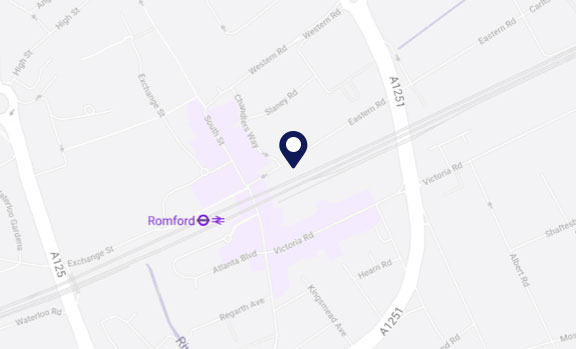Dispute Resolution
Unlawful Sub-tenants
The majority of residential tenancies do not allow for existing tenants to sub-let, however this doesn’t always stop tenants from sub-letting to unlawful sub-tenants without the Landlords permission.
If you have an unlawful sub-tenant in your property, you may want to know the legal implications and how you can lawfully evict them.
What is sub-letting?
Subletting is created when your existing tenant makes an agreement to accept rent from a person who is not part of the original tenancy agreement. The sub-tenant has no direct legal relationship with you as the landlord.
Many mortgage lenders do not allow for sub-letting and your lender may have the right to withdraw the loan if it is brought to their attention that the property is being sub-let. This is also the same for many buy-to-let insurance policies and the policy could be made void if there is a sub-tenant.
Unlawful subletting
There can be two types of unauthorised sub-letting, the first is your tenant is renting out another room in your property without your permission or the tenant does not physically live in the property and is sub-letting the entire house.
It may be that you are happy for the sub-tenant to remain, in which case you will need to go through the correct procedures to have a new tenancy drawn up for each resident. If your tenant is renting out a room in the property and you are happy for the sub-tenant to remain, you must check your licencing conditions to make sure you are able to let the property as an HMO (House in Multiple Occupation). You should not accept any payment of rent until the matter is sorted.
If you would like the sub-tenant to leave, you can enforce the term written in your tenancy agreement (if there is one) which states that the tenant must not unlawfully sub-let the property and ask your tenant to remove the sub-tenants or notice will be served upon them via Section 8 Ground 12 possession proceedings (breach of tenancy agreement).
How can I evict a sub-tenant?
You cannot evict a sub-tenant; this technically will need to be done by your original tenant. You can remove your original tenant by going through either a section 21 possession order process if you have served all the correct documentation on the tenant when the tenancy began, or through the section 8 possession order process. If possession is granted and the tenant does not leave, you are able to have the possession enforced by a court appointed bailiff to remove your tenant.
Unfortunately, this can still leave you with an unwanted sub-tenant in the property. If possession is granted and your original tenant is evicted from the property, you are then able to issue trespasser proceedings against the sub-tenant as they have no direct legal relationship with you in relation to a tenancy agreement.


















Callie Nimki, a Trainee Solicitor in our Dispute Resolution team, said:
“Our Dispute Resolution team at Mullis & Peake are able to advise and help with all aspects of tenancy agreements and what you can do if you have an unlawful sub-tenant.”